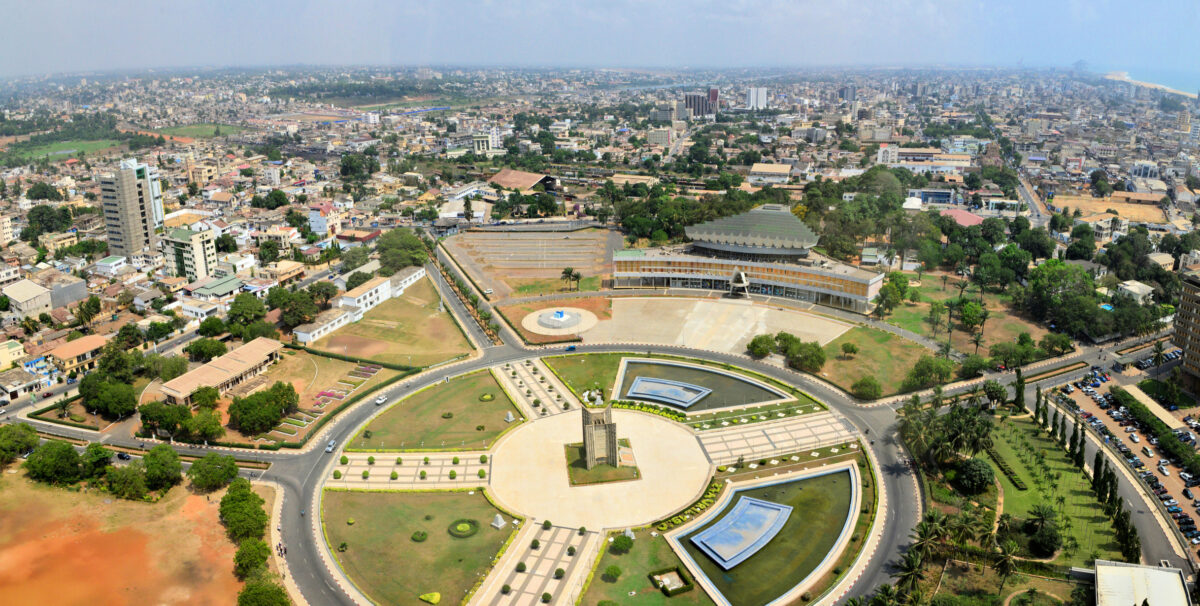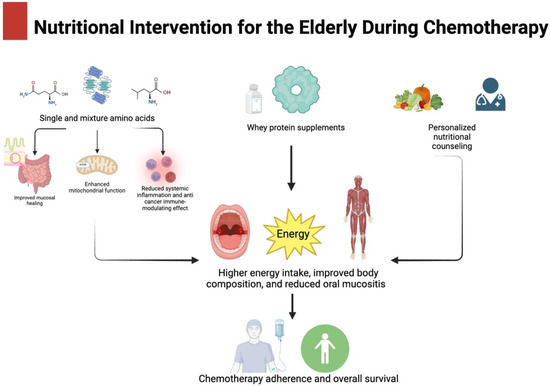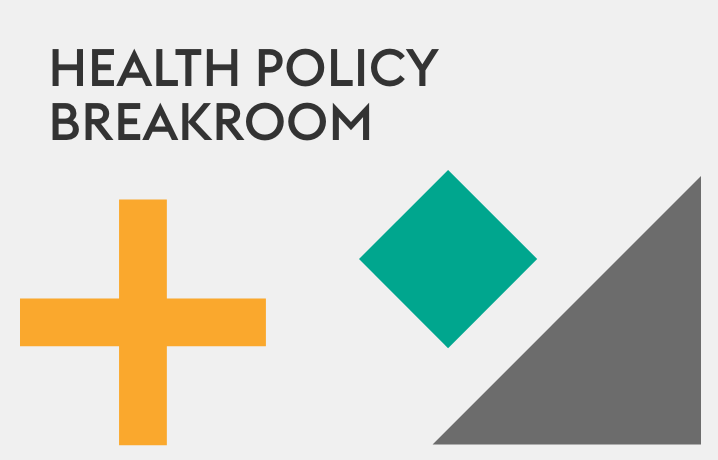The top 10 U.S. cities for job opportunities and earning potential, according to new report—New York and LA don’t make the list – CNBC

Analysis of Urban Economic Performance and Sustainable Development in the United States
Introduction: Aligning Urban Growth with Sustainable Development Goals
A recent report by HR technology firm Checkr, utilizing data from the Bureau of Labor Statistics, the US Census Bureau, and the Bureau of Economic Analysis, evaluates the 100 largest U.S. metropolitan areas on employment and earning potential. The findings indicate a significant trend of economic dynamism in mid-sized cities, which challenges traditional models of large-city dominance. This report recontextualizes these findings through the framework of the United Nations Sustainable Development Goals (SDGs), demonstrating how economic opportunities in these urban centers contribute to broader sustainability objectives.
The analysis highlights progress towards several key SDGs, including:
- SDG 8: Decent Work and Economic Growth: Fostering full and productive employment and decent work for all.
- SDG 11: Sustainable Cities and Communities: Making cities inclusive, safe, resilient, and sustainable.
- SDG 9: Industry, Innovation, and Infrastructure: Building resilient infrastructure, promoting inclusive and sustainable industrialization, and fostering innovation.
- SDG 1: No Poverty: Increasing income levels and economic resilience to eradicate poverty in all its forms.
- SDG 10: Reduced Inequalities: Promoting equitable economic growth and opportunity.
Methodological Framework
The Checkr study ranked cities based on two primary composite scores:
- Employment Opportunity Score: This metric assesses the health of the local labor market, aligning with SDG 8. It incorporates:
- Unemployment rate
- Labor force growth and size
- Percentage of open jobs
- Earning Potential Score: This metric evaluates the economic prosperity of residents, contributing to SDG 1 and SDG 10. It is calculated using:
- Real per capita personal income
- 10-year income growth trends
- Percentage of households with high income (over $200,000)
The report’s emphasis on mid-sized cities underscores a shift in the geography of opportunity, which supports SDG 11 by promoting balanced regional development and potentially more sustainable living conditions due to enhanced affordability.
Top 10 U.S. Cities for Economic Opportunity and Contribution to SDGs
The following cities exemplify strong performance in creating economic opportunities that align with key Sustainable Development Goals.
-
Raleigh, North Carolina
As a key part of the “Research Triangle,” Raleigh demonstrates exceptional progress toward SDG 9 (Industry, Innovation, and Infrastructure). Its concentration of technology, research, and higher education institutions (North Carolina State University, Duke University, UNC-Chapel Hill) creates a robust ecosystem for innovation. This, in turn, fuels high-quality employment in healthcare and education, directly supporting SDG 8 (Decent Work and Economic Growth) and SDG 3 (Good Health and Well-being).
-
Nashville, Tennessee
Nashville’s significant job growth in healthcare, education, and logistics showcases a diversified economy advancing SDG 8. The city’s development into a hub for essential services contributes to building resilient urban infrastructure and communities, in line with SDG 9 and SDG 11.
-
Austin, Texas
Austin’s thriving technology sector provides high-paying jobs, contributing to SDG 8 and SDG 9. However, the report notes that rising living costs present a challenge to SDG 11 (Sustainable Cities and Communities), highlighting the critical need to balance economic growth with affordability to ensure inclusive urban development.
-
Salt Lake City, Utah
The steady growth in population and economic activity in Salt Lake City, particularly in the technology and finance sectors, indicates strong progress on SDG 8. This development transforms the city into an economic hub, fostering the kind of sustainable industrialization promoted by SDG 9.
-
Portland, Maine
Portland’s high affordability makes it an attractive location, particularly for remote workers. This trend supports SDG 11 by offering a high quality of life with lower living costs, which can contribute to more equitable and sustainable living patterns. Its appeal helps distribute economic activity beyond major metropolitan hubs, fostering balanced regional growth.
-
Denver, Colorado
With steady increases in both wages and job opportunities, Denver is making clear strides toward SDG 8. The city’s ability to maintain relative affordability despite growth is a positive indicator for SDG 11, suggesting a more sustainable path to urban expansion compared to more expensive coastal cities.
-
Omaha, Nebraska
Omaha exemplifies how attracting new businesses can stimulate a local economy, boosting both job markets and wages in alignment with SDG 8. Its high degree of affordability is a key component of SDG 11, ensuring that economic growth translates into accessible and sustainable living conditions for its residents.
-
Charlotte, North Carolina
A labor force growth of over 10% in five years, driven by a strong financial sector, positions Charlotte as a leader in achieving SDG 8. This specialized economic strength contributes to building a resilient and dynamic urban economy as envisioned in SDG 9.
-
Charleston, South Carolina
Charleston’s growing job market in finance, healthcare, and technology supports diversified economic growth under SDG 8. The rising percentage of high-income households indicates significant wealth generation, which, if managed equitably, can contribute to progress on SDG 1 (No Poverty) and SDG 10 (Reduced Inequalities).
-
Indianapolis, Indiana
Indianapolis offers a model of stable and sustainable urban development. Its combination of a reliable job market and a reasonable cost of living provides a strong foundation for achieving SDG 8 and SDG 11. The city demonstrates that a favorable business climate and strong earning potential can be successfully cultivated in the Midwest, promoting geographically diverse economic strength.
1. Which SDGs are addressed or connected to the issues highlighted in the article?
SDG 8: Decent Work and Economic Growth
- The article’s primary focus is on employment opportunities, job growth, and earning potential in various U.S. cities. It discusses factors like robust job markets, labor force growth, and income levels, which are central to promoting sustained, inclusive, and sustainable economic growth, full and productive employment, and decent work for all.
SDG 10: Reduced Inequalities
- The article touches upon income levels and earning potential, referencing metrics like “real per capita personal income,” “10-year income growth,” and “the percentage of households earning more than $200,000.” This relates to the distribution of economic prosperity and income within and among cities, which is a key aspect of SDG 10.
SDG 11: Sustainable Cities and Communities
- The entire analysis is framed around cities, evaluating them as places for economic opportunity and quality of life. It discusses the shift of opportunity to mid-sized cities and considers factors like affordability, cost of living, and the development of specific sectors (tech, healthcare, finance) within these urban areas. This directly connects to the goal of making cities and human settlements inclusive, safe, resilient, and sustainable.
2. What specific targets under those SDGs can be identified based on the article’s content?
SDG 8: Decent Work and Economic Growth
-
Target 8.1: Sustain per capita economic growth in accordance with national circumstances and, in particular, at least 7 per cent gross domestic product growth per annum in the least developed countries.
- The article supports this target by highlighting cities with “promising income growth” and analyzing “real per capita personal income” and “10-year income growth” as key metrics for ranking cities’ earning potential.
-
Target 8.2: Achieve higher levels of economic productivity through diversification, technological upgrading and innovation, including through a focus on high-value added and labour-intensive sectors.
- This target is reflected in the article’s mention of cities developing into hubs for specific high-value sectors. For example, Raleigh’s “Research Triangle” is a “tech and science hub,” and cities like Austin, Salt Lake City, and Charleston are noted for their growing tech, finance, and healthcare industries.
-
Target 8.5: By 2030, achieve full and productive employment and decent work for all women and men, including for young people and persons with disabilities, and equal pay for work of equal value.
- The article directly addresses this by evaluating cities based on their “employment opportunity,” which includes the unemployment rate, labor force growth, and the percentage of jobs open. The goal is to identify cities with a “robust job market” and “huge” job growth, aligning with the aim of full and productive employment.
SDG 11: Sustainable Cities and Communities
-
Target 11.1: By 2030, ensure access for all to adequate, safe and affordable housing and basic services and upgrade slums.
- The article implies this target by repeatedly discussing the “affordability” and “cost of living” in different cities. For instance, Portland, ME, is highlighted because “affordability is huge,” and Omaha remains “very, very affordable.” Conversely, Austin’s high cost of living is noted as a challenge despite high salaries.
-
Target 11.a: Support positive economic, social and environmental links between urban, peri-urban and rural areas by strengthening national and regional development planning.
- The article’s central theme that “the geography of opportunity is shifting” to mid-sized cities supports this target. It highlights the economic development of regional hubs like Raleigh (the “Research Triangle”), Nashville, and Charlotte, which strengthens regional economies and creates positive economic links.
SDG 10: Reduced Inequalities
-
Target 10.1: By 2030, progressively achieve and sustain income growth of the bottom 40 per cent of the population at a rate higher than the national average.
- While the article focuses more on overall and high-end income (“percentage of households earning more than $200,000”), its analysis of “real per capita personal income” and “10-year income growth” provides a basis for assessing income trends. The discussion of earning a “good wage” in affordable mid-sized cities, where “your money might go further,” implicitly relates to improving the real income and economic well-being of residents.
3. Are there any indicators mentioned or implied in the article that can be used to measure progress towards the identified targets?
For Target 8.1 (Sustain per capita economic growth)
- Indicator (Implied): The article explicitly uses “real per capita personal income” and “10-year income growth” in its analysis. This is a direct parallel to the official SDG indicator 8.1.1 (Annual growth rate of real GDP per capita), as both measure economic growth on a per-person basis.
For Target 8.5 (Full and productive employment)
- Indicator: The Checkr report, as described in the article, uses the “unemployment rate” to calculate a city’s employment opportunity score. This is a direct match for SDG indicator 8.5.2 (Unemployment rate, by sex, age and persons with disabilities).
- Indicator (Implied): The article also mentions “labor force growth” and “percentage of jobs open” as metrics. These serve as practical, implied indicators for measuring the health of the job market and progress towards full employment.
For Target 11.1 (Affordable housing)
- Indicator (Implied): The article refers to “cost of living,” “rent and housing costs,” and overall “affordability.” While not a formal SDG indicator, these are qualitative and quantitative measures used to assess whether housing is affordable, which is the core of indicator 11.1.1 (Proportion of urban population living in slums, informal settlements or inadequate housing).
For Target 10.1 (Sustain income growth for the bottom 40%)
- Indicator (Implied): The article mentions the “percentage of households earning more than $200,000” as a metric for earning potential. This is an indicator of income distribution, although it focuses on the top bracket. It can be used as a proxy to understand income stratification within a city, which is relevant to the broader goal of reducing inequality measured by indicator 10.1.1 (Growth rates of household expenditure or income per capita among the bottom 40 per cent of the population and the total population).
4. Table of SDGs, Targets, and Indicators
| SDGs | Targets | Indicators (Mentioned or Implied in the Article) |
|---|---|---|
| SDG 8: Decent Work and Economic Growth | Target 8.1: Sustain per capita economic growth. | Real per capita personal income; 10-year income growth. |
| Target 8.2: Achieve higher levels of economic productivity through diversification and innovation. | Growth of specific sectors (e.g., tech, healthcare, finance) in cities like Raleigh and Austin. | |
| Target 8.5: Achieve full and productive employment and decent work for all. | Unemployment rate; Labor force growth; Percentage of jobs open. | |
| SDG 10: Reduced Inequalities | Target 10.1: Progressively achieve and sustain income growth of the bottom 40 per cent of the population. | Percentage of households earning more than $200,000; Earning a “good wage” in affordable cities. |
| SDG 11: Sustainable Cities and Communities | Target 11.1: Ensure access for all to adequate, safe and affordable housing. | City affordability; Cost of living; Rent and housing costs. |
| Target 11.a: Support positive economic links between urban and regional areas. | Shift of job opportunities and economic growth to mid-sized metro areas. |
Source: cnbc.com

What is Your Reaction?
 Like
0
Like
0
 Dislike
0
Dislike
0
 Love
0
Love
0
 Funny
0
Funny
0
 Angry
0
Angry
0
 Sad
0
Sad
0
 Wow
0
Wow
0












































































